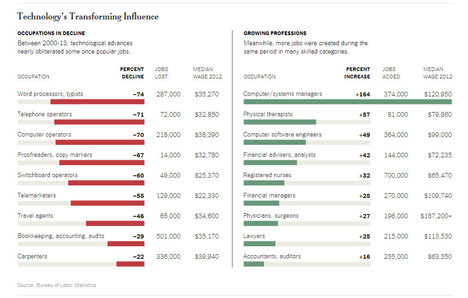(p. 1) A surprising number of the conveniences of modern life were invented when someone stumbled upon a discovery or capitalized on an accident: the microwave oven, safety glass, smoke detectors, artificial sweeteners, (p. 4) X-ray imaging. Many blockbuster drugs of the 20th century emerged because a lab worker picked up on the “wrong” information.
. . .
(p. 5) So how many big ideas emerge from spills, crashes, failed experiments and blind stabs? One survey of patent holders (the PatVal study of European inventors, published in 2005) found that an incredible 50 percent of patents resulted from what could be described as a serendipitous process. Thousands of survey respondents reported that their idea evolved when they were working on an unrelated project — and often when they weren’t even trying to invent anything. This is why we need to know far more about the habits that transform a mistake into a breakthrough.
. . .
A number of pioneering scholars have already begun this work, but they seem to be doing so in their own silos and without much cross-talk. In a 2005 paper (“Serendipitous Insights Involving Nonhuman Primates”), two experts from the Washington National Primate Research Center in Seattle cataloged the chance encounters that yielded new insights from creatures like the pigtail macaque. Meanwhile, the authors of a paper titled “On the Exploitation of Serendipity in Drug Discovery” puzzled over the reasons the 1950s and ’60s saw a bonanza of breakthroughs in psychiatric medication, and why that run of serendipity ended.
For the full commentary, see:
PAGAN KENNEDY. “How to Cultivate the Art of Serendipity.” The New York Times, SundayReview Section (Sun., JAN. 3, 2016): 1 & 4-5.
(Note: ellipses added.)
(Note: the online version of the commentary has the date JAN. 2, 2016, and has the title “Cultivating the Art of Serendipity.”)
Pagan’s commentary is based on her book:
Kennedy, Pagan. Inventology: How We Dream up Things That Change the World. New York: Houghton Mifflin Harcourt Publishing Co., 2016.


